Looking for copyright
The Center for Law and Copyright under the Vietnam Reproduction Rights Association (VIETRRO) has just announced the verification and addition of copyright for a number of works whose authors have not been clearly identified. These are: Portrait of actress Tra Giang (author: anonymous), Photo of Miss Vietnam Thu Trang on the first day of her coronation in 1955 (author: anonymous) and Portrait of Thanh Nga (author: Thanh Chi). This is considered a "strange action", because up to now, most anonymous works have been considered a public archive, used for free.
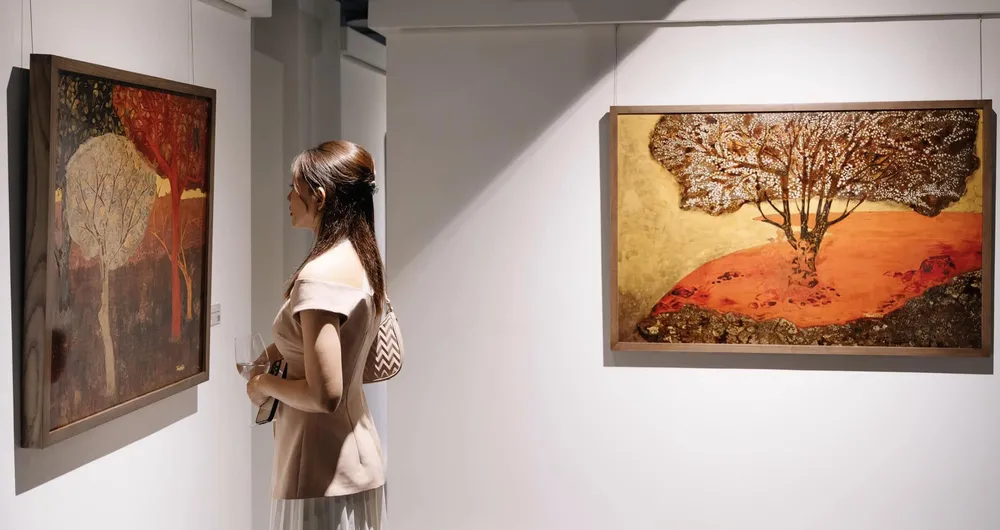
To explain this, many collectors cite Article 27 of the current Intellectual Property Law on limited-term protection (transferable moral rights and copyright) as follows: For posthumous works, the term is 50 years from the first day the work is published; for works of applied art, photography, cinematography, and anonymous works, the term is 75 years from the first day the work is published; for works that have not been published within 25 years from the day the work was created, the term of protection is 100 years; for works of other types, they are protected throughout the author's lifetime and 50 years following the year of the author's death. Only after the end of the copyright protection term does the ownership of the work belong to the public.
“In the past, many people used the reason that the author had passed away a long time ago to assume that the work naturally belonged to the public, intentionally forgetting specific provisions of the law. VIETRRO’s actions are essentially simply to respect copyright according to current law to ensure the rights, if any, of the author or heir,” said an art collector in Ho Chi Minh City.
Difficult to resolve clash
The lack of respect for copyright has pushed the domestic art market into a chaotic situation, where copyright infringement is becoming more and more complicated, no longer simply plagiarism as before.
A typical example is the copyright dispute between watercolor artist D.Q. and director PNML that has lasted for more than 3 years but has not yet been resolved thoroughly. Specifically, director PNML accused artist D.Q. of having many details similar to a scene in PNML's film project Co Du. This scene was originally conceived, designed, and staged using ancient artifacts combined with CGI technology (computer-generated imagery) and is considered a complete creative work by the director and the production team. This can be considered an unprecedented lawsuit (suspected plagiarism between a painting and a movie scene), with no specific regulations, leading to a difficult determination of right and wrong.
Or the story of the artist Teo Pham has been going on for more than 5 years, but there is no conclusion or solution. After posting a picture of the work on his personal page, an individual copied and encrypted the NFT (Non-Fungible Token is a digital artwork that is encrypted and traded on the blockchain - PV), successfully selling it for nearly 1,000 USD. In principle, NFT encryption cannot be canceled, so the encrypted work is considered to no longer belong to the author.
In the current context, artistic creation cannot stand outside the development of technology. However, technology is not only applied as a tool for creation, but also plays an important role in protecting copyright. Because protecting works means protecting artists, preserving the value of creative labor and transparency for collectors. As one of the people whose works have been copied, artist Bui Trong Du expressed: “Technology is an effective tool for artists to protect their works. However, people are the ones who really decide. If consumers are determined not to use counterfeit or illegally copied goods; artists whose copyrights have been violated are determined to fight for their copyrights; and authorities take strong action against those who deliberately violate, there will certainly be no room for copyright infringement.”
Source: https://www.sggp.org.vn/chuyen-ban-quyen-trong-nghe-thuat-cong-nghe-di-doi-voi-y-thuc-post806882.html


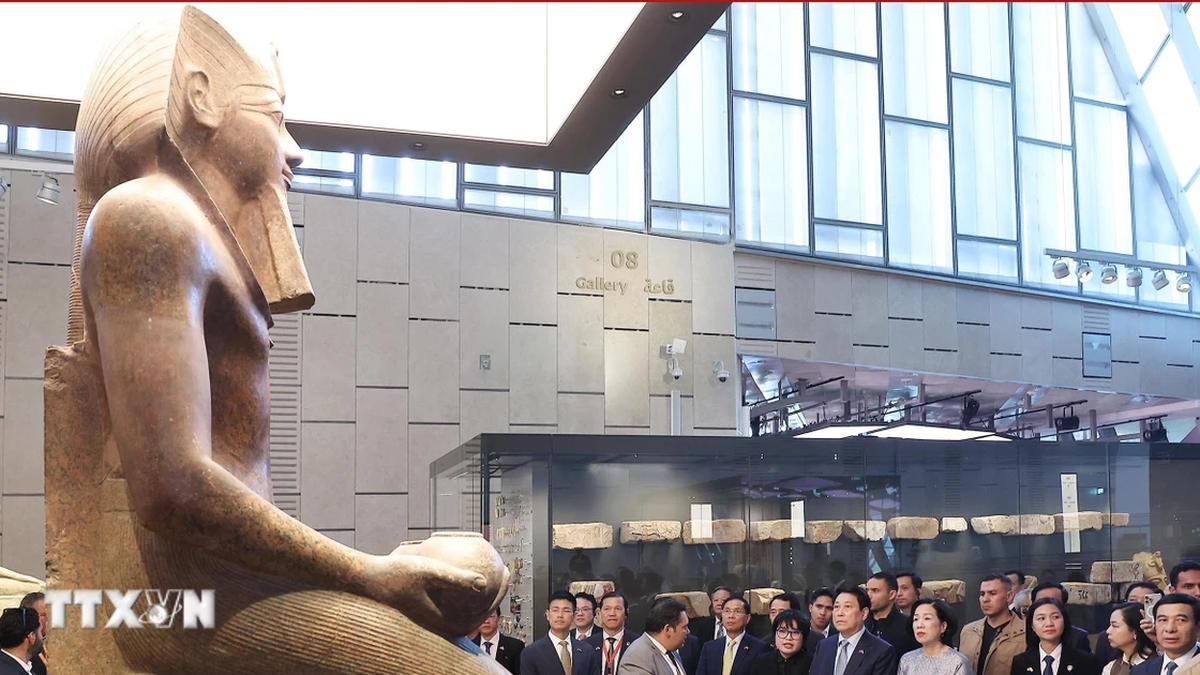
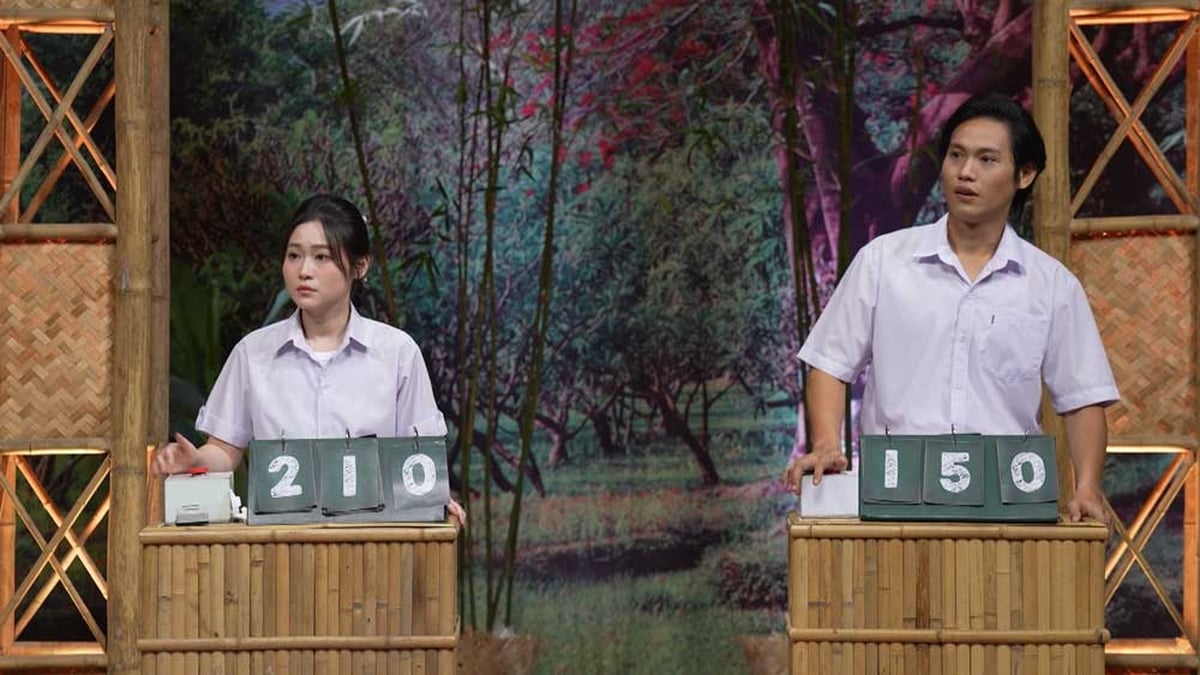

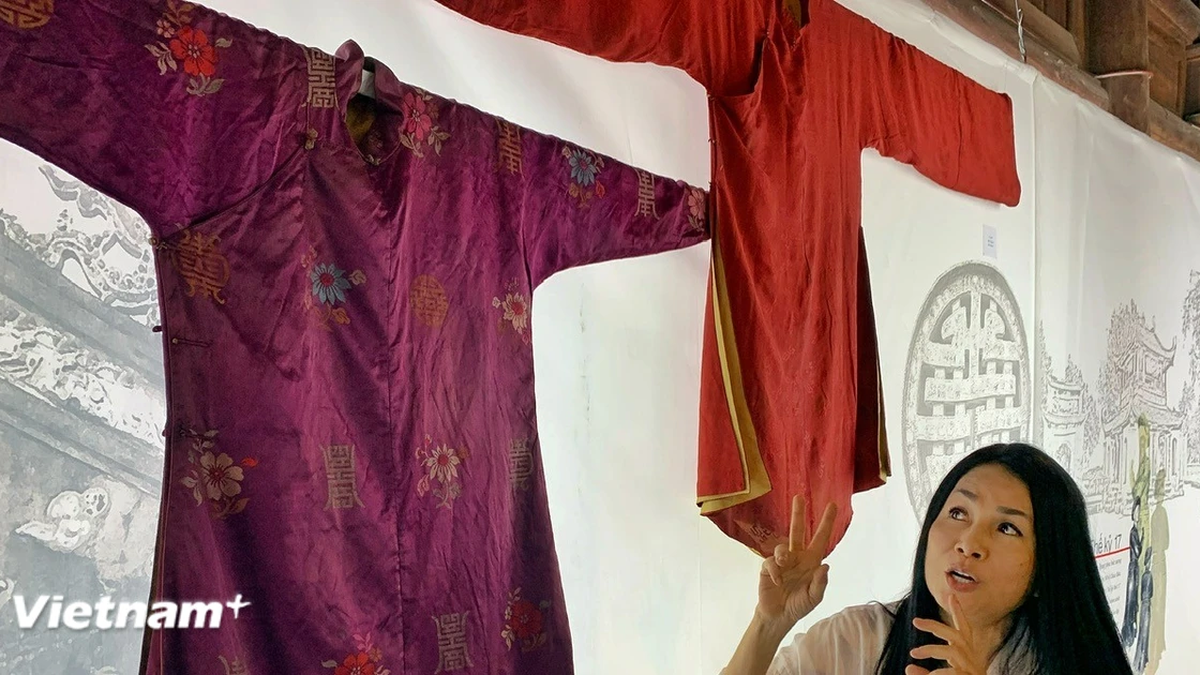
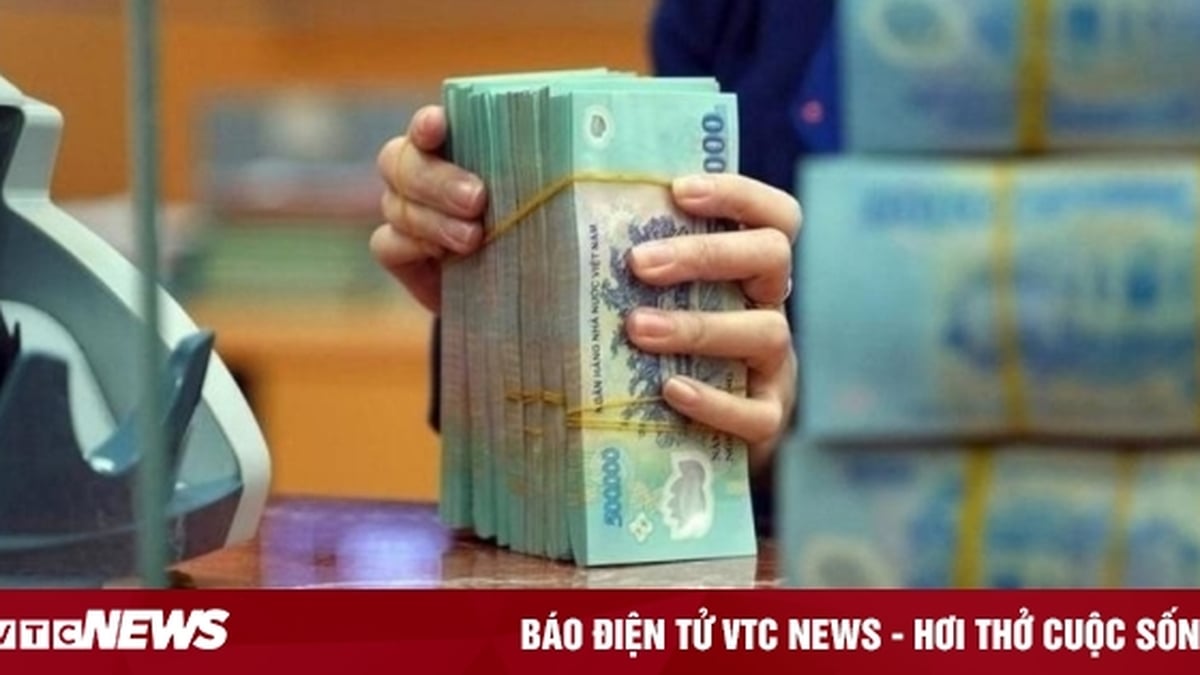
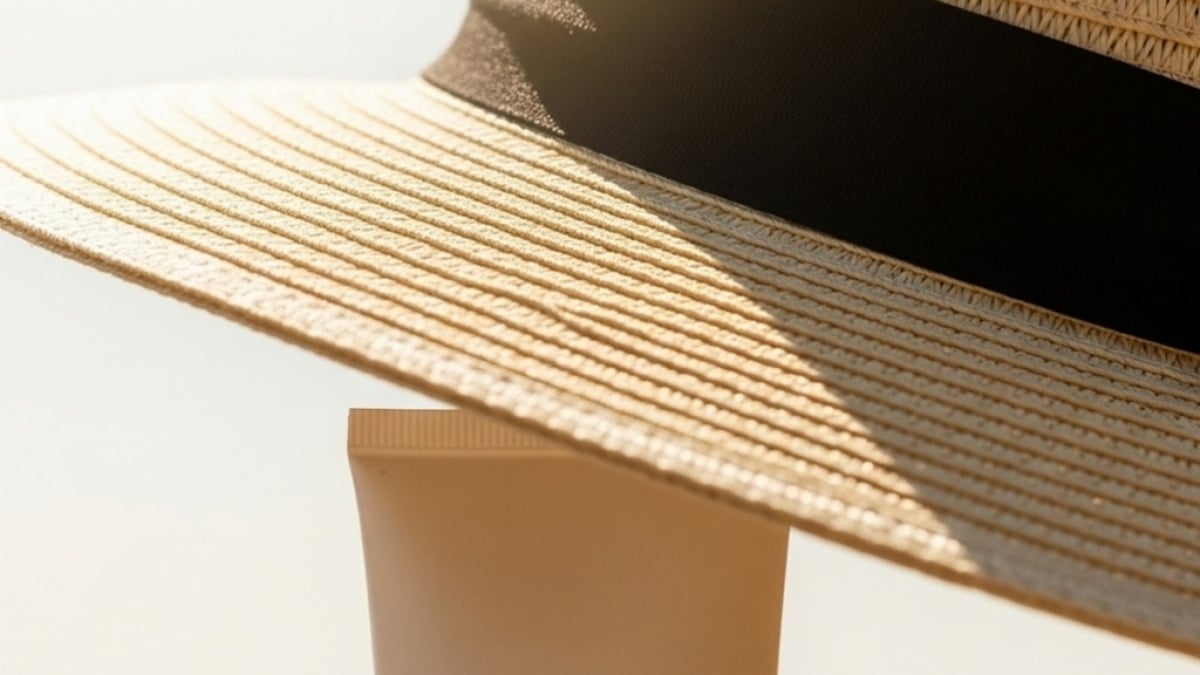
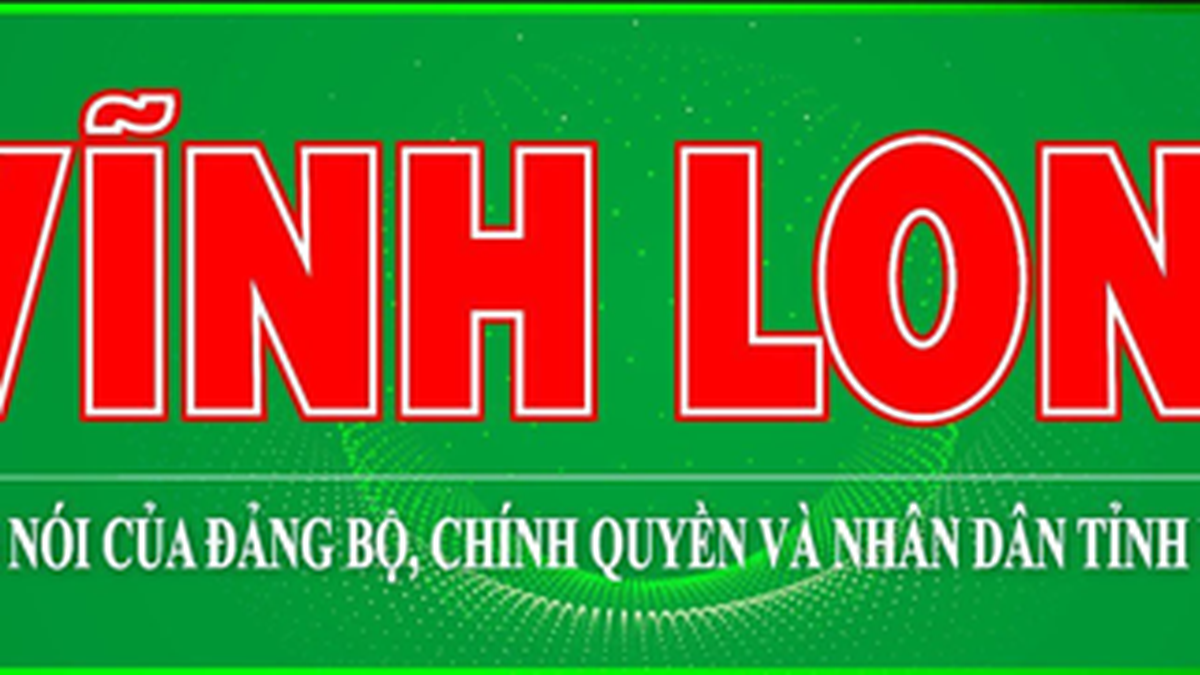
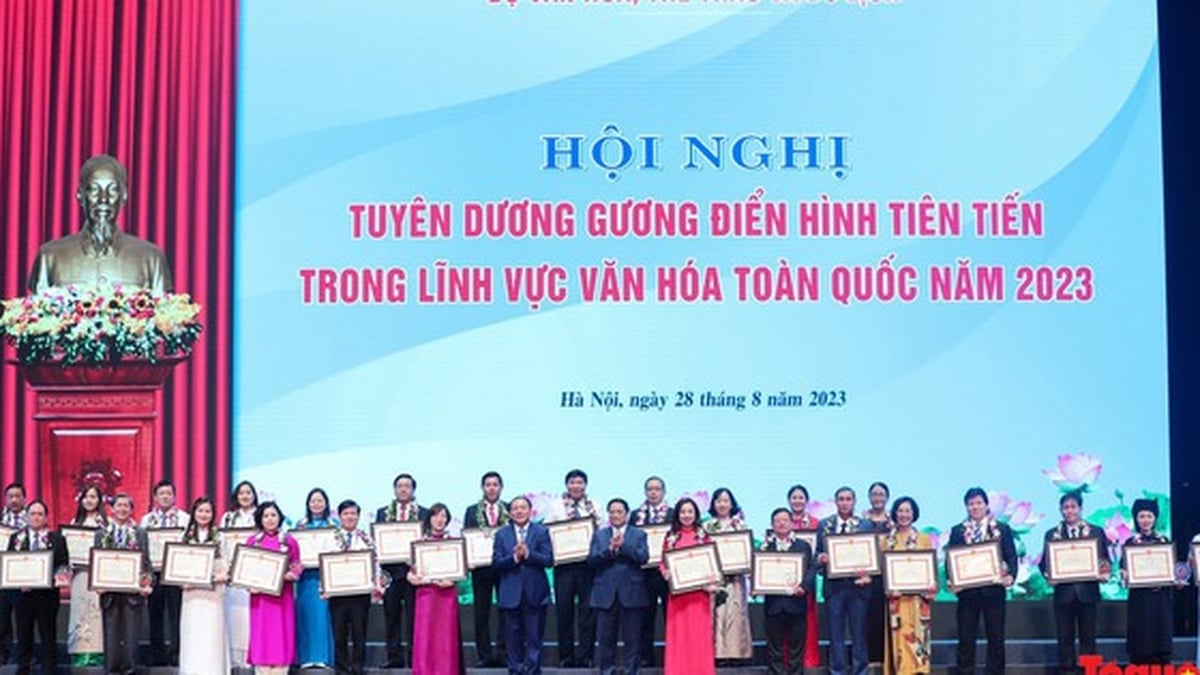






































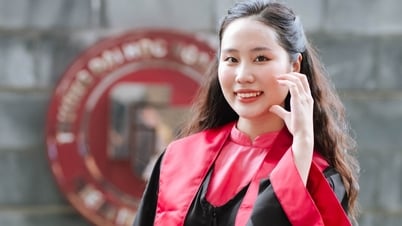








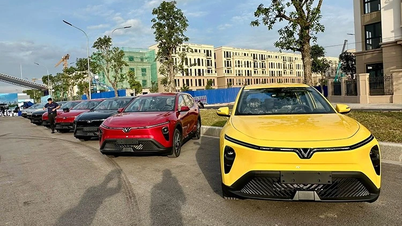



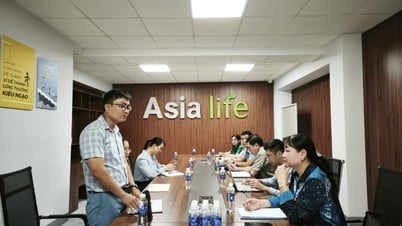


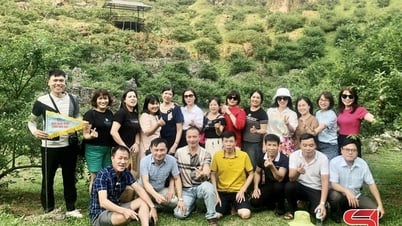

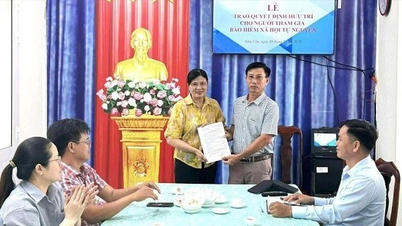


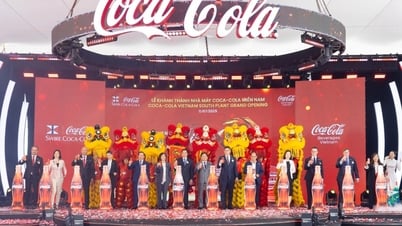
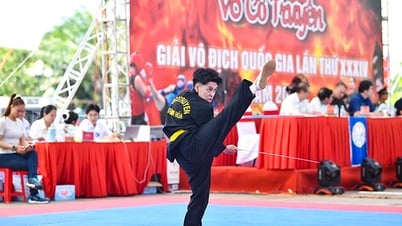


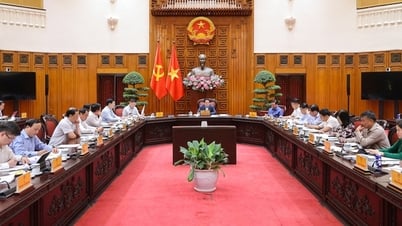

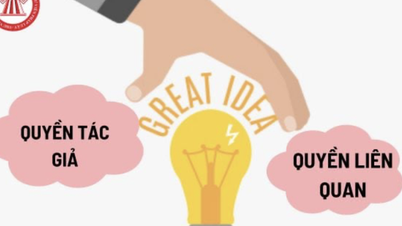
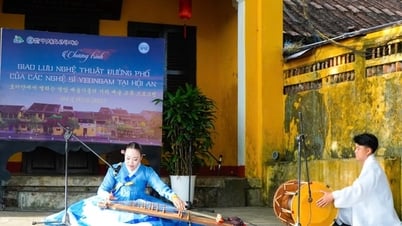





















Comment (0)